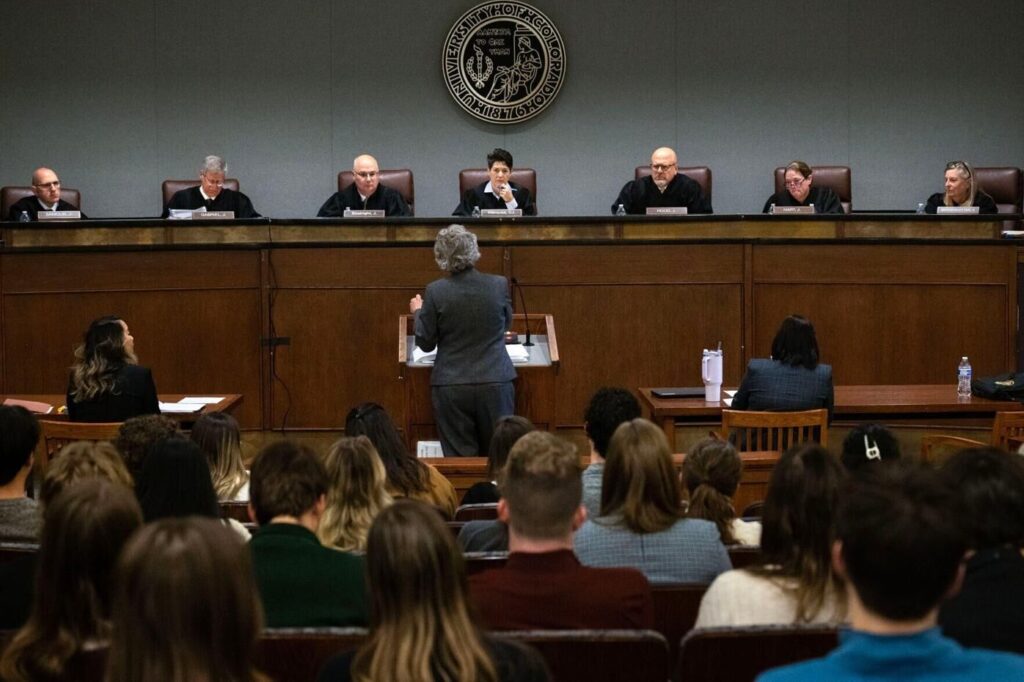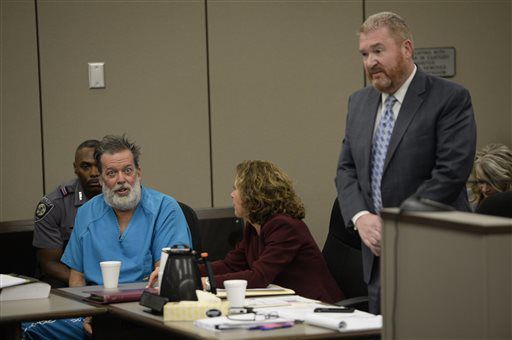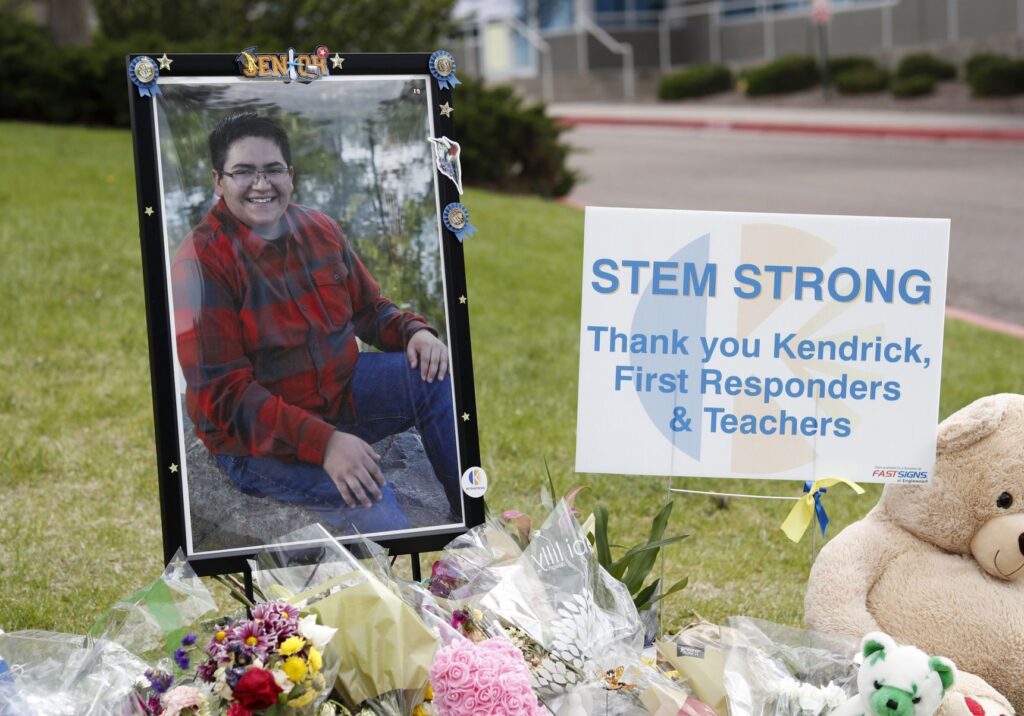Colorado justices clarify timeline for children injured in car accidents to sue
The Colorado Supreme Court on Monday clarified that children who are injured in car accidents can file suit within three years of the collision or within two years of turning 18, whichever happens later.
The justices addressed confusion about how state law, which lays out the whichever-is-later standard, applied to the Supreme Court’s own precedent, which suggested the statute of limitations is put on hold and only begins to run once a child plaintiff turns 18.
Justice Melissa Hart, writing in the April 8 opinion, admitted the tension “is real.” But she explained the statute of limitations for injured children will start on their 18th birthday unless state law contemplates a different timetable — as it did for plaintiff Daniala Mohammadi.
Mohammadi turned 18 during the normal window to file vehicle-related personal injury lawsuits, so “she could file her claim within the ordinary three-year limitations period or within two years after she turned eighteen, whichever was later,” Hart wrote. “Because she did not bring her claim within either of those periods, her suit was untimely.”

Mark Kinslow hit Mohammadi with his car while turning onto S. Parker Road in Arapahoe County on Nov. 6, 2015. Mohammadi received treatment for her injuries and sued Kinslow in December 2019, days before her 21st birthday.
A trial judge dismissed the claims, initially finding Mohammadi filed suit beyond the statute of limitations. Then in 2022, a three-judge panel of the Court of Appeals reinstated the case by a vote of 2-1.
Judge David H. Yun, writing for the majority, acknowledged the timeline seemingly laid out in law. Mohammadi was under 18 at the time of the accident, which provided two possible deadlines: three years from her accident, meaning November 2018, or two years from her 18th birthday, meaning January 2019. Even under the later of the two dates, Mohammadi’s lawsuit was tardy.
However, Yun explained, the Supreme Court’s previous cases have indicated the statute of limitations for minors is on pause until they turn 18.
“Consequently, as she argued, Mohammadi had until January 1, 2020 — three years from her eighteenth birthday — to file her action,” he wrote.
Judge Craig R. Welling dissented, pointing out the precedent in question addressed children who did not turn 18 until well after the normal window to sue had expired. Because Mohammadi turned 18 while the clock was running, the law clearly contemplated she had two years from her birthday or the remaining time left on the clock, whichever was longer.
“My heartstrings are tugged here, but I think the language is problematic for your side,” Justice Richard L. Gabriel told Mohammadi’s lawyer during oral arguments last year.
Mohammadi, in turn, maintained that, under Welling’s interpretation, an adult injured in a motor vehicle accident would receive the full three years to sue. Victims in her shoes, on the other hand, would have less time to take action after becoming adults.
“You’re always going to have cutoffs,” responded attorney Evan B. Stephenson, representing Kinslow. “The date of birth is known. The date of the accident is known. It’s not like we have Schrödinger’s cat where we don’t know until it’s too late or we can’t figure these things out.”
The Supreme Court agreed the law was clear. Despite its past decisions, which arose under different circumstances, lawmakers had given children in Mohammadi’s situation three years from the date of the accident or two years after they turn 18 to sue, whichever is later. Consequently, Mohammadi had filed too late.
The case is Kinslow v. Mohammadi.













